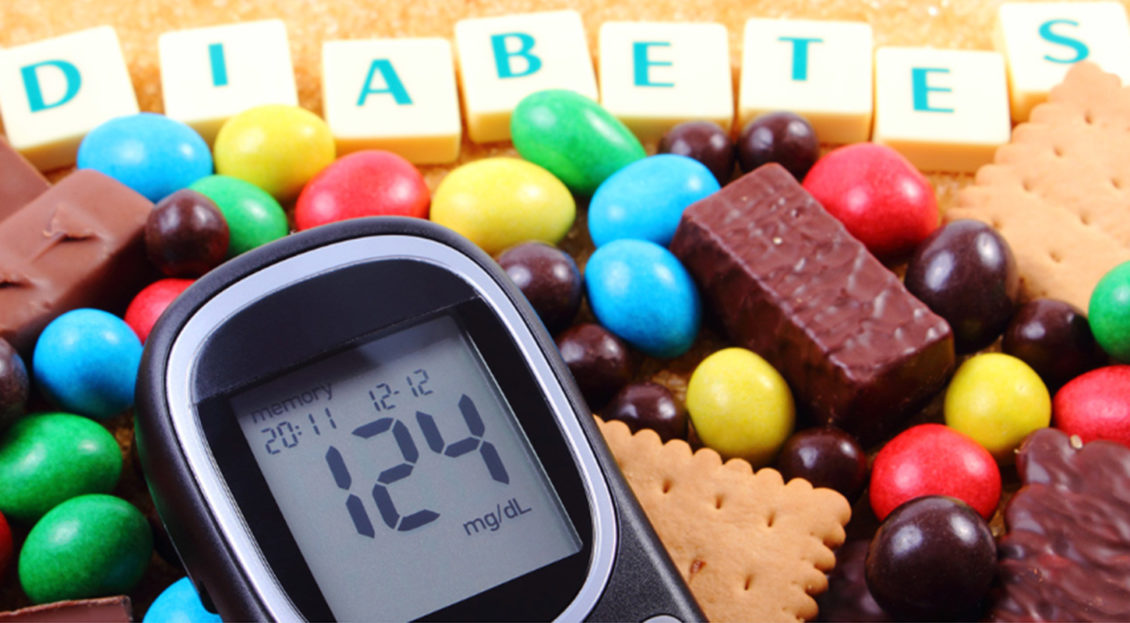It’s very common for people to be diagnosed with type 2 diabetes soon after they’ve suffered a heart attack. While patients often chalk this double whammy up to bad luck, believing they’ve been hit with two seemingly unrelated disorders at once, there is actually a strong link between insulin resistance (IR)–the disorder that leads to type 2 diabetes–and heart attack risk.
In a study of patients treated in the ER for a heart attack, the researchers found that after excluding known diabetics, 66 percent of the remaining patients had abnormal blood sugar levels that met criteria for diabetes or prediabetes, an earlier stage of the disease. Collectively, these two conditions affect 115 million Americans, many of whom are undiagnosed, escalating their risk for heart attacks and other serious complications. With November marking National Diabetes Month, here’s what you need know about IR and its warning signs, a simple test to accurately diagnose it, and the easiest ways to prevent diabetes, even if you’re already prediabetic.
- Insulin resistance delivers a one-two punch to the cardiovascular system. The root cause of more than 70 percent of heart attacks, many strokes and almost all cases of type 2 diabetes, IR occurs when cells become insensitive to insulin, a hormone that normally helps the body use glucose for energy. The pancreas is forced to pump out more and more insulin, trying to keep with demand, until its beta cells become exhausted and blood sugar rises. Not only does this damage the arterial lining, making it easier to cholesterol to penetrate and form plaque, but IR triggers other biochemical changes, including chronic inflammation, raising risk that plaque, once formed, will rupture, leading to a heart attack or stroke.
- A wide waist is the no. 1 warning sign of IR–even if you’re not overweight. Waist circumference is now considered a “vital sign”–on par with pulse and blood pressure–for accessing cardiovascular health. A waist measurement above 40 inches in a man, or above 35 inches in women, is the leading indicator of IR. Other potential tipoffs that you may be insulin resistant include having high triglycerides combined with low levels of HDL (good) cholesterol, high blood pressure, sleep deficiency (averaging less than 6 hours a night triples risk for prediabetes), and periodontal (gum) disease.
- In the time it takes to watch a movie, you can get the best screening test for diabetes, prediabetes and IR–and it’s covered by almost every health plan. The American Diabetes Association (ADA) advises screening if you’re 40 or older, or at a younger age if advised by your medical provider because of such factors as obesity or family history. The ADA rates the 2-hour oral glucose tolerance test (OGTT), in which you drink a sugary liquid after an overnight fast, as the “gold standard” in accuracy. Blood samples are drawn at the one- and two-hour marks to check glucose levels.
- Other widely used diabetes screening tests often yield misleading results. Several studies show that the A1c test, which doesn’t require fasting, is not very reliable for detecting IR/prediabetes. For example, a 2011 BaleDoneen study presented at the 4th International Congress on Prediabetes and Metabolic Syndrome found that of 547 patients checked with various blood sugar tests, the A1C test missed 63 percent of those with IR/prediabetes. Moreover, 27 percent of the patients who were classified as prediabetic by the A1C actually had normal blood sugar when checked with the highly accurate OGTT.
- Losing as little as 7 pounds and working out more dramatically cuts risk for diabetes–even if you’re already prediabetic. In large studies, people with prediabetes who shed 5 to 7 percent of their body weight (7 to 10 pounds for a 150-pound person) and exercised at least 30 minutes, four times a week, were able to avoid progressing to full-blown diabetes 70 percent of the time. These two lifestyle changes also slash your risk for metabolic syndrome, a cluster of abnormalities that triples risk for heart disease and quadruples it for diabetes. While everyone with metabolic syndrome, by definition, has IR, the opposite is not true: About half of those with IR don’t meet criteria for metabolic syndrome.
- Taking short “activity breaks” from sitting helps prevent IR. Researchers recently reported that even among people who spent most of the day parked in a chair, those who took the most activity breaks–even ones as brief as a minute at a time–had, on average, thinner waists (by nearly two inches) and lower levels of inflammatory markers, triglycerides and blood sugar. To optimize cardiovascular health, we advise cutting down on TV and other screen time and spending a minimum of 22 minutes daily exercising. Check with your medical provider about which activities are most appropriate for you.
